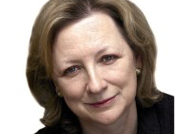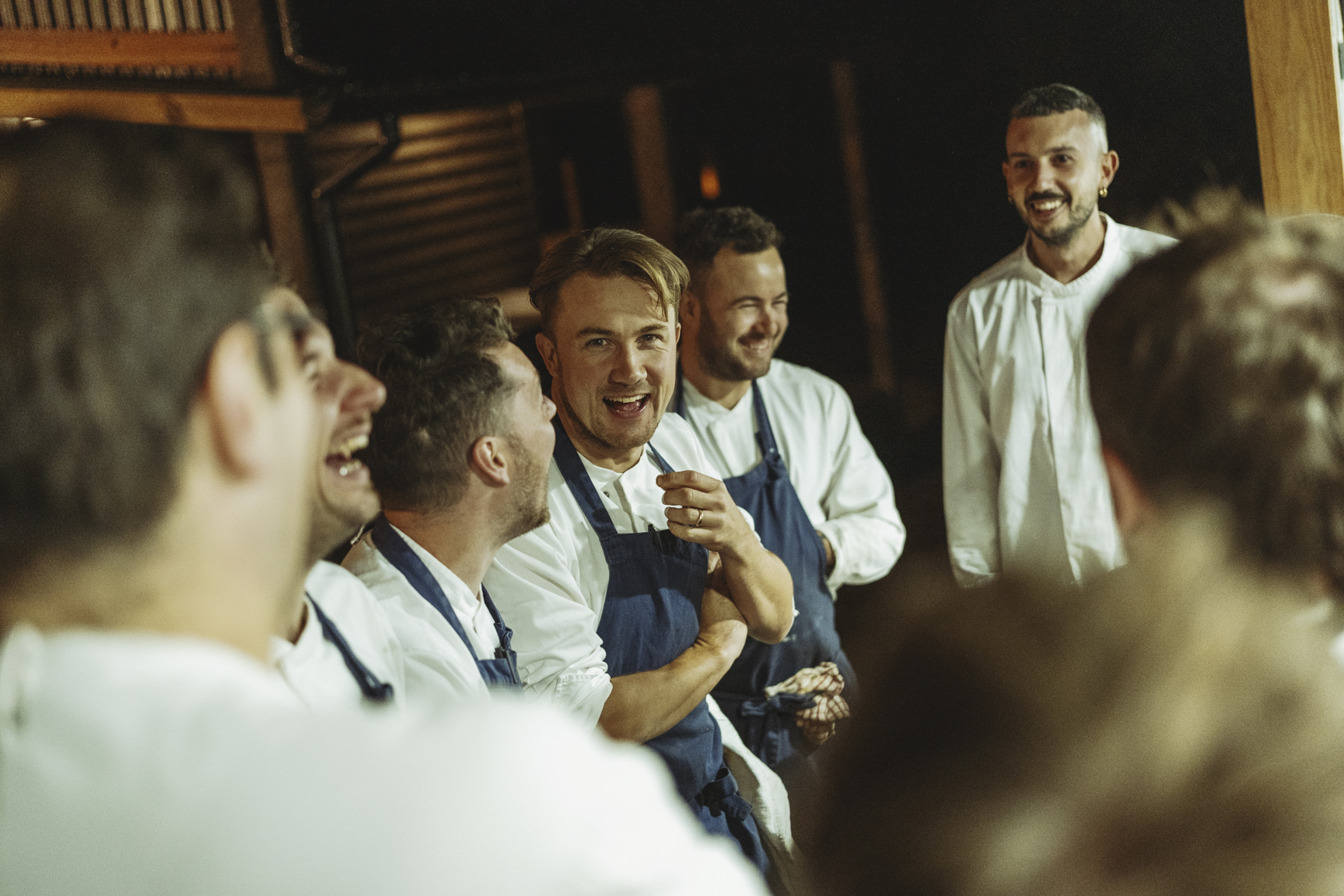Spectator - Carla Carlisle
As the wedding season gets into full wing, Carla Carlisle reflects on a tradition which tends to put more strain on couples than people expect, and argues that love is a threat to marriage.


The wedding dress was 'very simple, classic, elegant, strapless with a fitted waist and extended chapel train,' according to the bride's wedding planner. The bridesmaids' dresses were long, slender and black, 'very in now - not for the bride of course,' he adds. Six hundred guests clicked on to weddingchannel.com and generously bought Lismore Tall crystal by Waterford and Solitaire china by Lenox. And then, four days before the wedding, the bride disappeared.
Photographs of a startled-looking young woman flashed on the television news and front pages of newspapers across the country. My sister studied the face carefully before diagnosing 'thyroid. Graves's disease: bulging eyes, extreme mood swings, triggered by stress'? When I read that the devout Baptist fiance hadn't realised his fiancee was missing until the Braves' baseball game on television was over, I said: 'Runaway bride.' Sensitive nephews were more fearful, but when Jennifer Wilbanks turned up four days later at a payphone 2,000 miles away in New Mexico, everyone was relieved. Now she's been charged with a felony for 'making false statements' - and a misdemeanour - 'falsely reporting a crime'.
I think about Miss Milbanks as I scan wedding lists at John Lewis, David Mellor and Daunt Books (the complete Pevner's Architectural Guides, 57 vols., and Bean's Trees & Shrubs in the British Isles, 4 vols). It's the wedding season and mantlepieces round the land are dressed in thick, creamy cards engraved in hope.
What isn't on the lists is a new book called Marriage, A History: From Obedience to Intimacy, or How Love Conquered Marriage, that tells us everything we didn't know about matrimony. Marriage - that modest union of husband and wife - is only about 200 years old, and the ideal of breadwinner husband, homemaker wife and their 2.2 children was a historical accident, triggered by the yearning to nest at the end of the Depression and the Second World War.
The author, Stephanie Coontz, says that the reason marriage is under so much strain is because now it is based on love, which is inherently unstable. When two people are required to be 'everything to each other, when love in a marriage is an obligation rather than a bonus, the risks of disappointment and failure are high.' Prof Coontz contends that the love-based nuclear 'traditional' marriage emerged in Europe towards the end of the 18th century when the spread of the market economy enabled people to live on wages. Until then, marriage was 'the only way to get in-laws, and since the dawn of civilisation, getting in-laws has been one of marriage's most important functions.'
No one recorded this momentous sea change better than Jane Austen. She never mentioned the Napoleonic wars: she was on to something much more earth-shaking. By Victorian times, marriage had become the ideal. Queen Victoria planted the seeds of today's wedding industry when she 'broke with convention and walked down the aisle to musical accompaniment, wearing pure white instead of the traditional silver-and-white gown and coloured cape.'
Coontz argues that when laws gave women the same rights as men, and when the status of 'illegitimate' children was abolished, marriage could no longer be sustained as a central institution in our society. The armada of invitations on our mantlepiece is a sociological survey of co-habiting couples and 'blended' families. But for all that, I admire the dreamy soulmates. I'll eat my Freddie Fox if there's a runaway bride in the bunch.
Exquisite houses, the beauty of Nature, and how to get the most from your life, straight to your inbox.
This article first appeared in Country Life magazine on June 9, 2005.
Country Life is unlike any other magazine: the only glossy weekly on the newsstand and the only magazine that has been guest-edited by His Majesty The King not once, but twice. It is a celebration of modern rural life and all its diverse joys and pleasures — that was first published in Queen Victoria's Diamond Jubilee year. Our eclectic mixture of witty and informative content — from the most up-to-date property news and commentary and a coveted glimpse inside some of the UK's best houses and gardens, to gardening, the arts and interior design, written by experts in their field — still cannot be found in print or online, anywhere else.
-
 A spectacular tower for sale that's a blend of Victorian folly, architectural marvel and 21st century family home
A spectacular tower for sale that's a blend of Victorian folly, architectural marvel and 21st century family homeHadlow Tower has space, and a back story of love, jealousy and intrigue.
-
 Brat behaviour: The chef behind Shoreditch institution Brat and Soho favourite Mountain is running away to Wales
Brat behaviour: The chef behind Shoreditch institution Brat and Soho favourite Mountain is running away to WalesDisclaimer: For one weekend only.
